Three Prospects of Automotive Technology in 2017
Three Prospects of Automotive Technology in 2017
Text by Zijun Photos by Zijun & VCG Translation by Sonia
Professionals predict that environmental protection, smart technology, and Internet will be three themes of automotive technology in 2017. Whatever the connection is between vehicle emissions and haze, developing vehicles performing effi ciently is still the trend. When automated driving technology is yet to be tested, making comparatively mature smart technology aide systems available to the general public seems more pragmatic. Moreover, the Internet of Vehicles naturally follows.

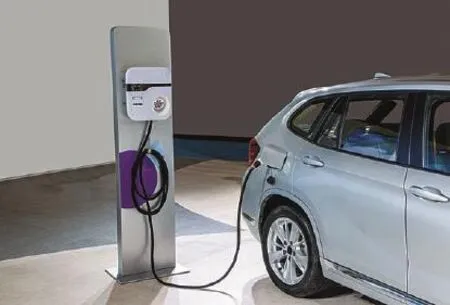
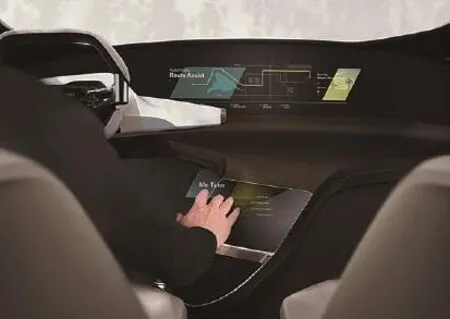
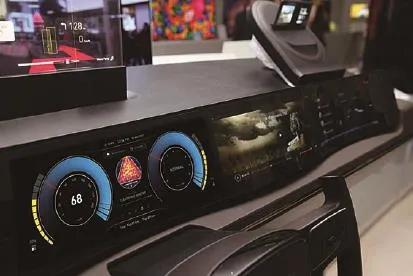
1 New Energy Vehicles: Automakers Advance Business Planning
Based on an optimistic outlook to the future, worldwide automakers have accelerated their planning in the field of new energy vehicles. Statistics indicate that global sales of new energy passenger cars (electric and hybrid) made the historical 2nd high in November 2016, at approximately 80,000 deliveries and 39% growth. Nissan Leaf, Tesla Model S, and BMW i3 were the bestsellers. In China, the growth of new energy vehicles is even faster. During the past year, more than 507,000 new energy vehicles were sold, a big rise of 53% on the previous year.
Over 40 new models are expected to be launched in China in 2017, more than half of which are localised models, including notables such as the Audi Q7 e-tron, BMW X1 hybrid, and Porsche Panamera hybrid.
2 Internet of Vehicles: Possibly Achieved Soon
Internet of vehicles (IOV) is considered to be the basis and start of all development trends in the automotive industry. Whether it be high precision navigation or location-based service (LBS), all is built on the advancement of IOV technology. Even the topical automated driving has to rely on IOV technology and standardisation to improve driving safety. IOV can be realised in the exchange of wireless communications and information
between a vehicle and other bodies (vehicles, the road, pedestrians, and Internet, etc.). Without the Internet, the vehicle is isolated from all data; when connected, a huge network is formed.
According to Strategy Analytics, there were 17.5 million cars installed with in-dash IOV equipment worldwide in 2015. It is estimated to reach 75 million cars by the year 2023, and market share in China by that time will be 67%, the largest IOV in-dash market in the world.
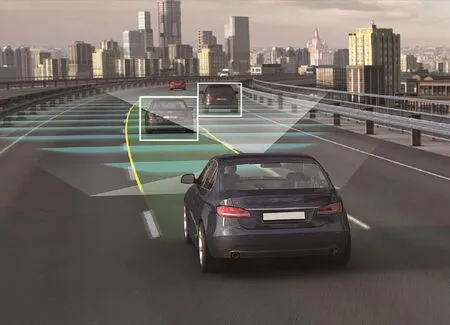
3Automated Driving: the Pivotal Time
Based on the standard of the Society of Automotive Engineers (SAE), automated driving ranges from level 0 to level 5, respectively: no automation, driver assistance, partial automation, conditional automation, high automation, and full automation. The leading international automakers are mostly at level 2. It is currently the pivotal time for technology upgrade and commercialisation. At CES2017 which just ended, makers from Europe, the US, Japan, and Korea all showcased their latest products of smart technology and automated driving. Internet mega powers led by Google made their presence in the exhibition, so did the service providers like Intel, NVIDIA and other Chinese companies. “The technology upgrade of CES mainly focuses on that of sensors and algorithms, such as improvement of camera algorithms and sensor integration technology of camera lenses, millimetre wave radar, and laser radar.” Said a business insider, who further predicted that some components related to smart driving may be initially ready around the end of this year and the beginning of the next. Take for example the surround view technology of a camera lens: it can be put into mass production this year.

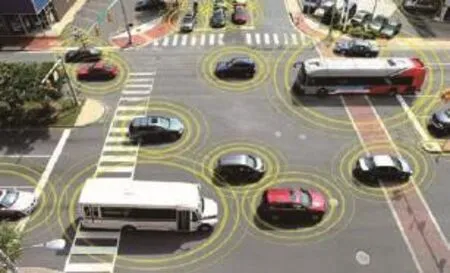
2017汽车科技三大猜想
专业人士预测,环保、智能、互联将成为2017汽车科技三大主题。不论汽车尾气与雾霾有多大关联,开发更节能的汽车仍是大势所趋。而在真正的自动驾驶技术仍停留在实验阶段时,让业已成熟的智能辅助系统更快走进千家万户,显得更为现实。当然,互联网时代的“车联网”也就是水到渠成的事。
1.新能源车:车企加速布局
出于对未来的乐观预期,各大车企加速新能源车领域的布局。数据统计显示,2016年11月,全球新能源乘用车(纯电动、插电式混合动力)市场销量创历史第二好水平,交付量接近8万辆,其中日产聆风Leaf,特斯拉Model S和宝马i3位居销量榜前列。在国内,新能源车的增长速度之快更加令人始料不及,2016年新能源汽车累计销售50.7万辆,销量比2015年大幅增长53%。
据不完全统计,2017年国内市场预计将有40多款新车陆续上市,国产车型占比达一半以上,其中还包括了奥迪Q7 e-tron、宝马X1插电混合动力版、保时捷全新Panamera混合动力版等重量级车型。
2. 车联网:有望率先实现
车联网,是汽车行业未来所有发展趋势的基础和起点。无论是高精度导航还是LBS都基于车联网技术的发展。即便是风头正盛的自动驾驶,也有赖于车联网技术和标准的普及,才能提升驾驶安全。车联网可以实现在车—X(X:车、路、行人及互联网等)之间,进行无线通信和信息交换。如果不联网,车辆就是一个个独立的数据孤岛,联网之后,就形成了一个大系统网络。
从车联网前装设备来看,根据Strategy Analytics的报告,2015 年全球搭载前装车联网设备的汽车数量为1750万辆,预计到 2023 年将达到7500 万辆。其中,中国市场渗透率预计到 2023 年达到 67%,成为全球最大的车联网前装市场。
3. 自动驾驶:迎来关键时期
根据国际自动机械工程师学会的标准,自动驾驶分为0—5级,分别对应:完全手动驾驶、辅助驾驶、部分模块自动化、特定条件下自动化、高度自动化以及全自动化的无人驾驶。走在前列的国际汽车厂商大都处于第2级的水平。目前,正是其技术升级突破、开启商业化的关键时期。在刚结束的国际消费电子展上,欧、美、日、韩代表厂商均亮出最新智能化和自动驾驶产品,谷歌领衔的互联网巨头自不待言,包括英特尔、英伟达及中国厂商在内的配套商也重磅登场。“整个CES展的技术提升还是集中在传感器及算法领域的提升上,如摄像头算法的提升拓展,以及摄像头和毫米波雷达、激光雷达的传感器融合技术。”某业内人士表示并预测,今年底到明年初,智能驾驶有一些零部件会初步成熟,比如摄像头方面环视技术可能今年会放量。

